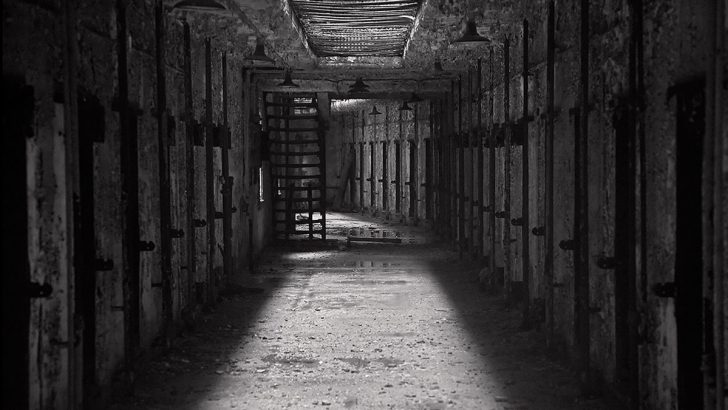State Papers
Secrets of the powers that be
Capital punishment in Ireland passed into history in 1990 – having already been largely made redundant. However, in tidying up the related files in the Department of the Taoiseach two files were revealed, which are now released and which cast an interesting perspective, not only on murder in Ireland and capital punishment, but on the state relationship with religious institutions.
They deal with two cases and contain material in the form of letters to the Department of Justice by the judge the esteemed George Gavan Duffy, which have been private until now.
The first was the matter of Kate O——, whom a jury convicted of infanticide in November 1943. (The names are given in full in the actual files, but are not relevant here.)
She was sentenced to death, though this sentence was commuted by the President the following year. It has to be understood that infanticide was then one of the commonest homicides in Ireland. Aside from the child she had smothered at birth in April that year, a still-born infant and four others from earlier years were also buried in the garden of the family home.
Newspapers only briefly reported such cases in those days, often only the outcomes of such trials, and not the rather grim evidence, so that the public were not in a position to judge for themselves the justice of the case, and the validity of the conviction
Good behaviour
However, her good behaviour, especially her attention to her work and her religious duties, led to Kate O—— being released on licence in April 1949, on condition that she went to work for the Sisters of Charity in their convent in Gardiner Street, Dublin. While she had been in prison the nuns from the convent had taken a special interest in her.
Here was a case where the release of the convicted woman certainly seemed justifiable; but the State, though it agreed to this, had no place of its own to send her to; there was nowhere except the religious institutions. Far from being exploited such a victim of social circumstance found no other refuge but the care of the nuns. This is a real circumstance of history that many critics of such institutions nowadays seem to overlook.
It has to be emphasised that such a shattered life – her brother refused to let her return home – could be given purpose by a new beginning with the nuns”
The second case was, in a sense, even more tragic. This was the matter of Agnes Mc——, from one of the Border counties. She had been convicted of poisoning a local famer in his own home with strychnine by means of a jam filled sandwich cake which she had donated to the neighbour’s social evening for two missionary priests.
The jury, it was reported, made a strong recommendation to leniency but Mr Justice Gavan Duffy had no choice to pass a death sentence. This was later commuted by the President.
The judge in fact wrote to the government about the case. He had not been able to convict her of manslaughter because her counsel claimed on her behalf that she had added nothing to the cake. She was not guilty.
But afterwards in jail she admitted she had poisoned the cake, but only with the intention of making people sick.
This, the judge surmised, was done out of spite in some local quarrel among neighbours. But he had no choice in sentencing her to death because of the presentation of the defence – thus maintaining the opinion of many that a faulty conviction often results, not from a triumph by the prosecution, but a failure by the defence.
(If she had, for instance, mixed arsenic into the cake, she would have indeed made people vomit, as arsenic is an irritant poison. But she used strychnine – used on many farms to eliminate rats – which acts on the nervous system. An adult was often killed by a half grain of the drug.)
Agnes Mc—— was it seems a simple person. Her sentence too was eventually commuted by the President and she was released on licence, but on the condition that she entered an order of nuns in the south of Ireland.
Again it has to be emphasised that such a shattered life – her brother refused to let her return home – could be given purpose by a new beginning with the nuns, for as emphasised above, the state made no provision for the care of such persons (outside of a country mental home or Dundrum Asylum perhaps.)
The nuns were as often as not a last hope of refuge for many of those outcast by the pious but often uncharitable Irish society of 70 years ago.
NA files 2019/30/0046, and 2019/30/ 49; William A. Brend, A Handbook of Medical Jurisprudence and Toxicology (London, 1924 ed.).



